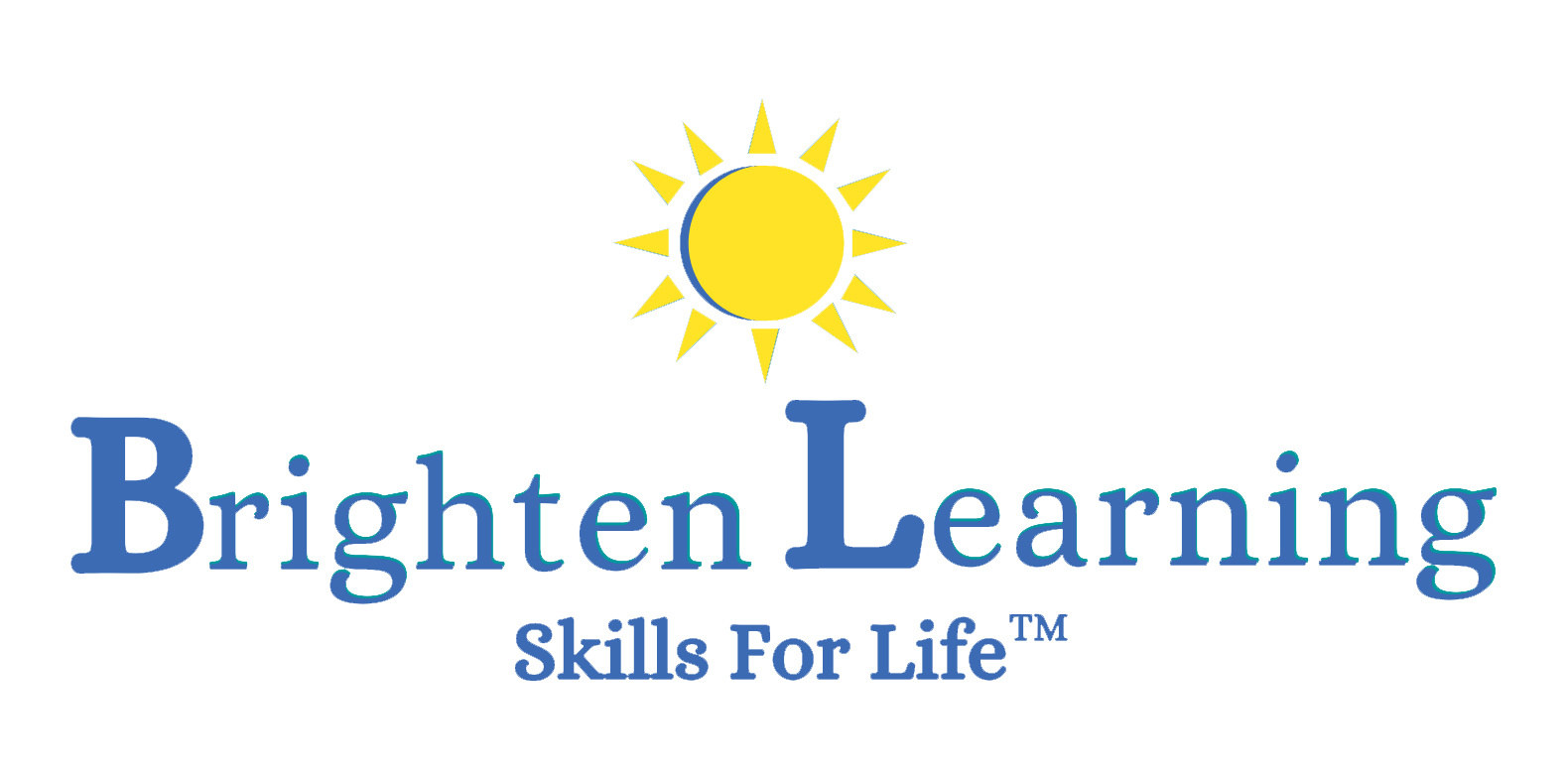Image credit: Unsplash Source: https://unsplash.com/photos/UFG04g43hqs Article written by Rachel Jameson There are a number of…
Improving School Engagement through Reduced Punishment
On September 21st, 2012, the state of California signed into law AB 1729. Effective as of January 2013, this law aims to protect student’s rights against automatic and immediate expulsions and suspensions. The implementation of AB 1729 marks a significant shift from automatically punishing students for misbehaving[i]. Instead, AB 1729 requires that school officials first pursue alternative measures to punishment before turning to suspension and expulsions as a last effort. This shift has increased student participation and attendance by improving the social climate of schools through reduced conflict and behavioral issues.
The Previous Nature of Suspensions and Expulsions
Before the implementation of AB 1729, California Education Code 48900 gave the power of expulsions and suspensions to school officials. Code 48900 stated that pupils could be suspended or expelled simply if a superintendent or principle determined that a student committed a specific, non-violent act[ii].
Such non-violent acts included class disruptions and willful defiance[iii]. Under the previous Code 48900, school officials were allowed to turn to alternatives to expulsion and suspension for these non-violent acts. Prior to AB 1729, however, these school officials were not mandated to pursue alternative methods before resorting to suspension or expulsion.
Penalty Alternatives Under AB 1729
The 2013 implementation of AB 1729 transformed Code 48900 by requiring that principals and superintendents first use non-punishment methods before turning to suspension and expulsion. Schools are required to thoroughly prove and document these alternative means of correcting student behavior. All alternative measures taken must be documented on a student’s official record. These alternatives must be both age appropriate and personally designed to address the student’s specific behavioral problems[iv]. As outlined by AB 1729, these specific other means of correction include:
- Programs that teach positive behavior
- Conferences between school personnel, parents, and students
- Participation in restorative justice programs
- After school curriculum that targets behavioral issues with positive skills development
- Social Emotional Learning (SEL) programs
Punishment alternatives, such as these, were mandated in 2013 to reduce expulsion and suspensions, but just how successful have these policies been?
Reduced Punishment Drives Attendance and Engagement
Between 1970 and 2013, suspension rates in the United States more than doubled – from 3.7% to 7.5%. In 2012, when AB 1729 was signed, up to 400,000 students were suspended from school at least once per year. To track the impact of AB 1729, the California Department of Education began a series of case studies on select California school districts. One of these school districts with the greatest increase in attendance under AB 1729 was Tuolumne County[v].
In the 2011-2012 Tuolumne school year, 640 students were suspended and 46 pupils were expelled. By 2014-2015, only 373 students were suspended and a mere 15 were expelled. The Los Angeles Unified School District additionally experienced a similar phenomenon under AB 1729. Since the law’s 2013 implementation, LA Unified has experienced a 24% decline in suspensions and a 31% decline in expulsions[vi].
California school districts have seen these drastic drops in suspension and expulsion rates through turning to policies that teach and reinforce positive social behaviors and skills. When fighting, bickering, and disruptions occur in the classroom, schools no longer automatically punish students. Instead, schools have issued school-wide positive behavior, intervention, and SEL programs to correct negative behaviors and implicit biases that cause conflict[vii].
Social Emotional Learning (SEL) is the process of teaching students to acquire and apply positive behavior skills and attitudes. These skills and attitudes include managing emotions, establishing positive relationships, and handling challenging social situations. SEL programs implemented in California under AB 1729 have reduced:
- Disruptive behavior by 64%
- Physically aggressive behavior by 45%
- Discipline referrals by 43%
These declines in negative interactions and behaviors are due to schools using alternatives to expulsion and suspensions. These reduced punishments keep students in school and increase attendance by eliminating penalties that remove pupils from the classroom. By introducing practices that encourage positive behavior instead of punishing negative behavior, schools create a more engaging environment. Pupils in a positive social environment are less likely to act out in school and more likely to be excited about learning.
The SEL and positive alternative approaches to punishment that AB 1729 has introduced have not only driven suspension and expulsion rates down, but have created positive social environments where kids are excited to come to school and engaged in their learning.
About CoolSchool Central
CoolSchool Central aims to facilitate the transformation that Changes Futures by using SEL and video modeling. With CoolSchool Central, schools have the opportunity to save funding that can be invested back into the system to continually work towards positive behavioral development for students. Good for schools, good for students. Let’s help make this positive change together!
CoolSchool Central’s mission is to Change Futures by helping public schools create a safe, enjoyable environment where kids are excited about education. Studies show that the two key reasons why children don’t go to school are being afraid of being bullied at school and finding school to be boring. Using animated interactive programs, CoolSchool Central delivers SEL in an easy and engaging way to teach kids how to manage and navigate social interactions – creating truly CoolSchools.
